Spay/neuter is one of the most powerful tools we possess to protect dogs and cats. The simple act of having a dog or cat sterilized spares unwanted future animals from being born into lives of homelessness, suffering, and abuse. Spay/neuter says that we value each and every animal.
Spay/neuter also provides numerous, immediate benefits for pets and their households. Spay/neuter results in demonstrated health benefits and behavioral benefits for the individual dogs and cats who undergo the procedure—and financial benefits for the households where they live. These financial benefits extend to governments that are otherwise burdened with animal control and sheltering expenses for unwanted dogs and cats. Spay/neuter also benefits the local community through improved public health and safety.



Spay/Neuter Reduces Animal Suffering and Euthanasia
If you love cats and dogs, you should love spay/neuter.
When unwanted litters are born, kittens and puppies are destined for lives with little or no hope: these homeless animals are subjected to suffering, cruelty, and abuse. Free-roaming cats and dogs can be victims of hunger, exposure to the elements, sickness and injury, predation, car accidents, and illegal acts of cruelty committed by people. And even for cats and dogs who find their way into shelters, an estimated 2 to 3 million are euthanized every year. Spay/neuter drives down birth rates, which takes future cats and dogs off the streets and out of the countryside, reducing shelter intake. It’s that simple.
Spay/neuter also makes our rescue and adoption processes function more effectively, as sterilized dogs and cats are more desirable pets and more likely to have successful adoptions.
Spay/Neuter Contributes to Overall Good Animal Health
For starters, sterilized dogs and cats tend to live longer. And there are many other specific health reasons to spay/neuter.
A spayed female cat or dog obviously cannot become pregnant. Pregnancy is physically taxing on any animal, and especially hard on a cat or dog that is homeless or that may otherwise be experiencing physical or mental distress. And a dog or cat that never becomes pregnant never runs the risk of a reproductive emergency like pyometra or dystocia. (1 in 4 unspayed female dogs will develop pyometra by the age of 10.) Nor does she risk developing ovarian, uterine, or cervical cancer.
Spayed female dogs and cats are less likely to develop mammary cancer, which can be lethal. This is the most common type of tumor in female dogs.
Neutering eliminates the risk of testicular cancer in male dogs and cats. It also eliminates the risk of BPH (benign prostatic hypertrophy), a painful condition that is eventually evidenced in nearly all intact male dogs. (BPH is rare in cats.) Neutering also decreases the possibility of perianal tumors and hernias, which are commonly observed in older, unaltered dogs.

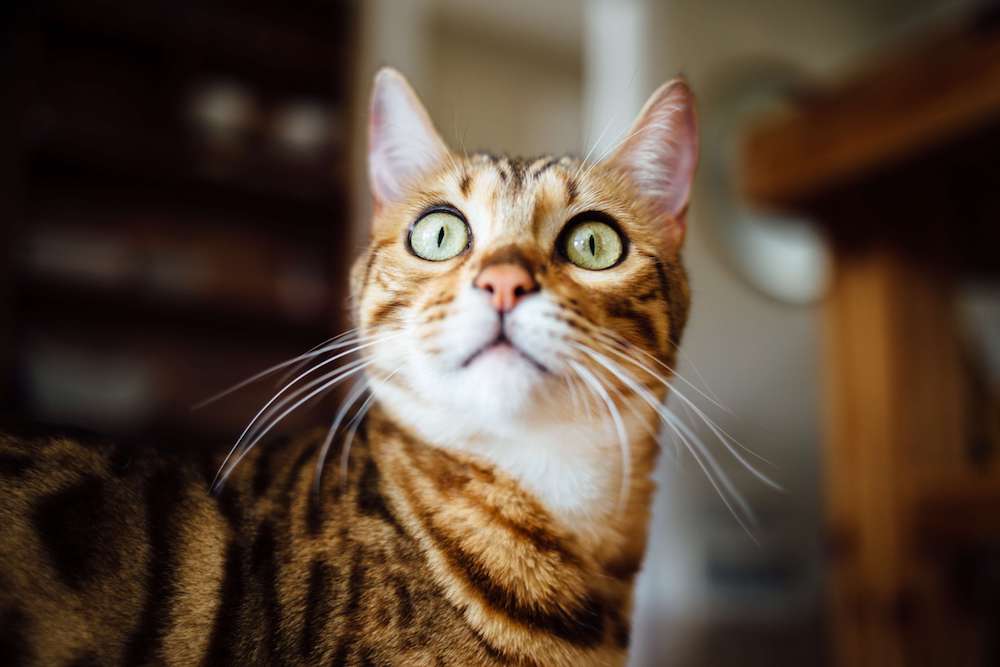
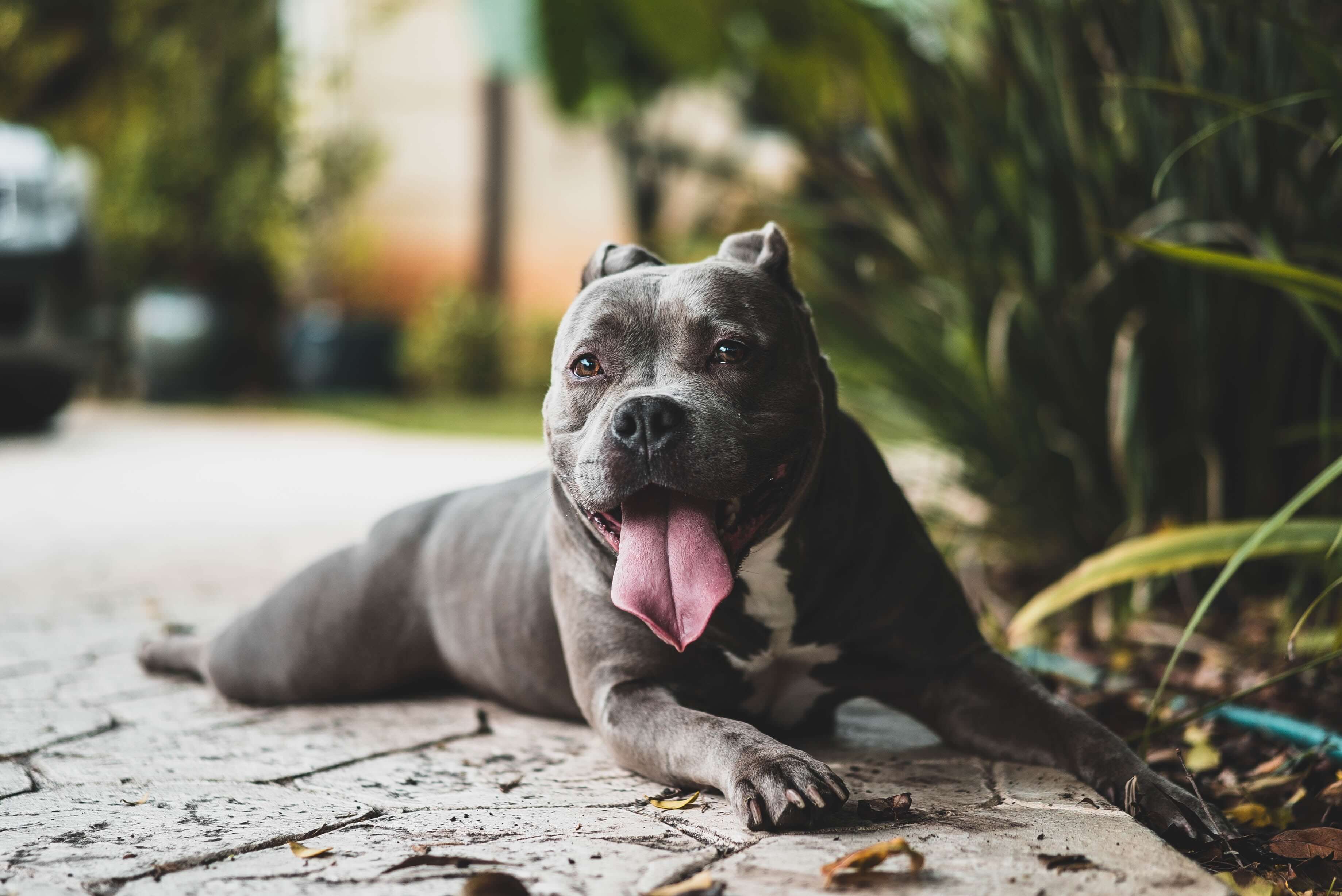
Spay/Neuter Improves Animal Behavior
Spay/neuter eliminates or reduces many unwanted behaviors, especially sexual behaviors, in dogs and cats. This is particularly important, because these behaviors often result in people relinquishing their animals (due to the expense, the messiness, and the household stress) and adding to the crisis of dog and cat homelessness.
Dogs and cats that have been sterilized are less likely to roam—which reduces their chances of becoming lost, injured, or otherwise getting into trouble.
Spayed female dogs and cats do not go into “heat.” So they have no estrous bleeding or swelling of the vulva. Nor are they as likely to spray or display moodiness. Spayed female cats are less likely to yowl or attract unwanted male attention.
Neutered male dogs are less likely to mount other animals and less likely to mark their territory or urinate in the house. They also tend to be less aggressive and thus less likely to bite—or to instigate fights in which they are bitten. Neutered male cats are less likely to spray or mark territory.
Spay/Neuter Saves Money—for the Household
Households with sterilized dogs and cats spend less money on their animals than households with intact dogs and cats. Why? Every litter of puppies or kittens, whether or not they are wanted, comes with a price tag: the combined expense of food, veterinary care, leashes, collars, litterboxes and litter for cats, and toys can be substantial. And the behavioral and health problems discussed above cost money (and take time) to resolve. All of these additional per-animal expenses are eliminated through spay/neuter. As a bonus, in jurisdictions where dogs or cats must be licensed, sterilized animals typically receive a discounted licensing fee.

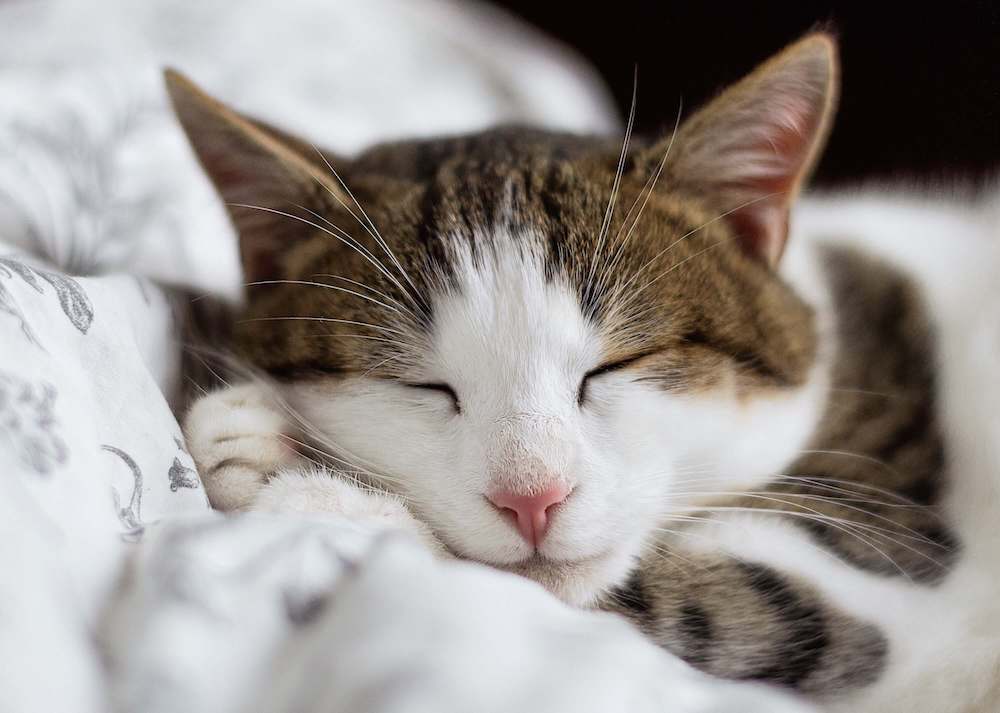

Spay/Neuter Saves Money—for State and Local Government
Preventing the births of unwanted cats and dogs through well designed spay/neuter assistance programs costs less money per animal over the long run than paying to catch, transport, shelter, and care for unwanted animals—who, all too often, will eventually be euthanized. Encouraging and providing financial assistance for spay/neuter is a good investment for government.
And in the many parts of the United States with no sheltering options, where local government spends no money on animal control, affordable spay/neuter is absolutely critical in preventing dog and cat homelessness and its terrible consequences.
Spay/Neuter Supports Community Health and Safety
Having fewer stray cats and dogs wandering the streets and the countryside benefits the community by contributing to safer roads, safer children, and safer pets and wildlife. Fewer strays also benefits public health by reducing the opportunities for spreading diseases among animals (like FeLV and FIV) and to people (such as rabies).
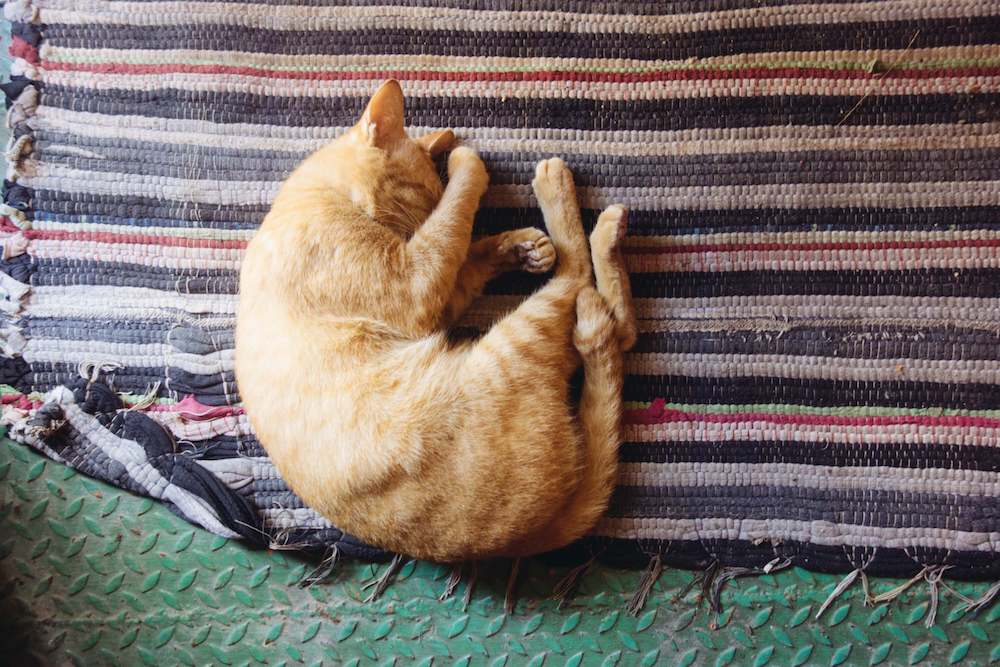

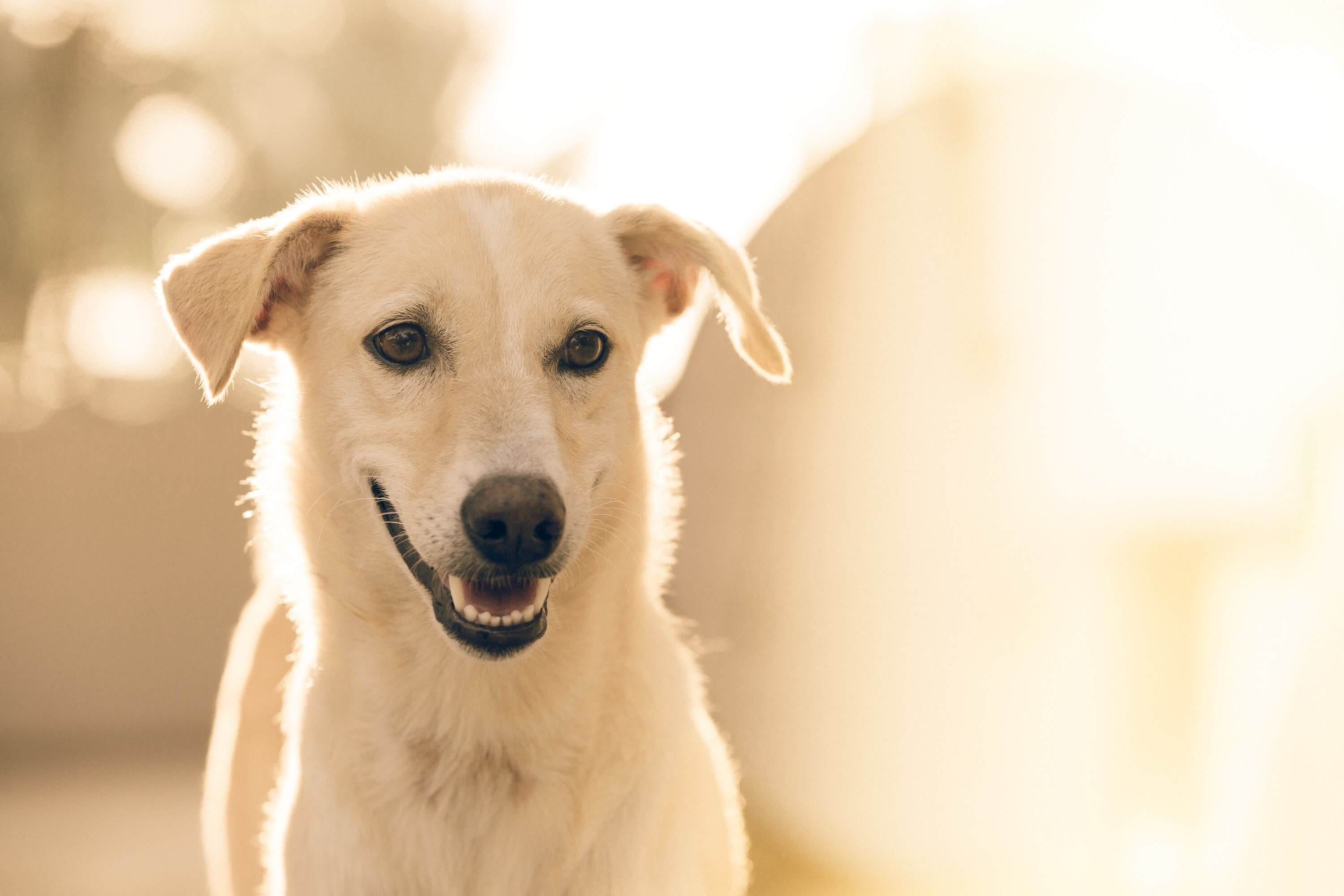
Risks Associated with Spay/Neuter . . . ?
Spay/neuter is a quick, routine procedure. It is the most common surgery that veterinarians perform on cats and dogs. Still, spay/neuter is a surgery, and every surgical procedure carries a degree of risk.
On rare occasion, there can be surgical complications—though these are highly unlikely to be life-threatening. And spay/neuter can be associated with an increased risk of certain negative health outcomes. In some instances, a veterinarian may simply determine based on a particular animal’s health that he or she is not a good candidate for spay/neuter.
For owned animals, the cat or dog’s guardian should make the decision to spay or neuter in consultation with his or her veterinarian. For animals who are to be placed for adoption, and for community cats, spay/neuter is a necessity absent a compelling veterinary medical reason not to do so that is specific to that animal.
Every cat and dog is an individual, and his or her health merits individual attention. But the overwhelming benefits of the procedure weigh heavily in favor of promoting widespread spay/neuter, especially when factoring in the social good of ending cat and dog overpopulation and its terrible consequences.
